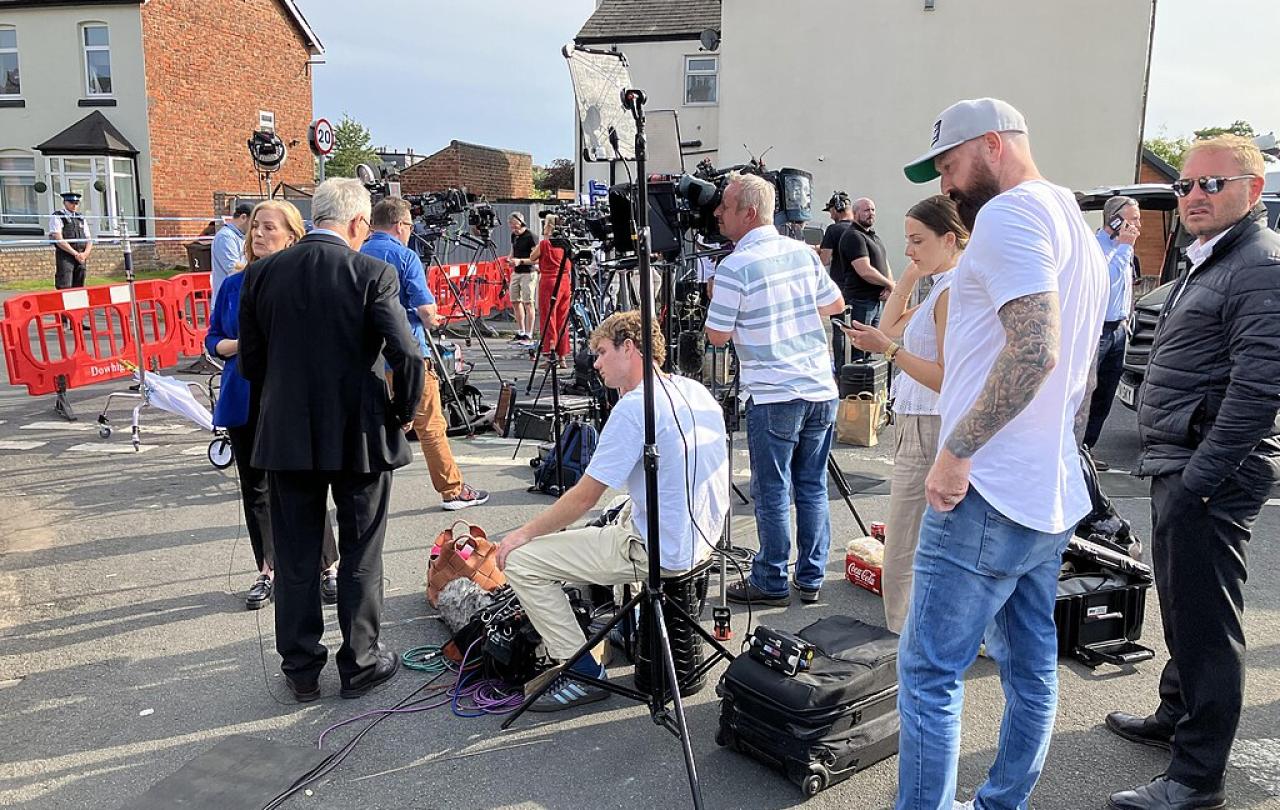
Depending on your Instagram algorithm, you might have seen that Hollywood actors Blake Lively and Justin Baldoni continue to make news with their ongoing feud, which is soon to reach litigation in the US civil courts. Then again, maybe you haven’t – in which case kudos to your scrolling habits and for avoiding celebrity clickbait (unlike me).
What interests me about their dispute – and others that have gone before it – is how it spotlights our need, as the general public, to search out the truth. And to make ourselves judge and jury on the matter.
Having starred together last summer in It Ends With Us, Lively soon after accused Baldoni of sexual harassment and of orchestrating a smear campaign against her during the film’s press tour. Baldoni responded by suing the New York Times for libel, and Lively for civil extortion and defamation. Cue some biased media reporting, and conflicting evidence being released by their legal teams, and both actors’ reputations have been significantly damaged by the dispute.
With their accounts remaining at complete odds with each other, the question Instagram’s pundits keep coming back to is: which one of them is telling the truth?
The reality is we’ll probably never fully know (and, obviously, it’s not actually any of our business, so I won’t speculate).
But it makes me reflect on how, in lots of instances of conflict, the answer can be blurrier than we’d like.
The judges and juries of Instagram rarely, if ever, offer us this kind of impartiality in their search for the truth.
So often, in disagreements and disputes, both parties’ accounts have a seed of truth in them. But as we ruminate on the event afterwards, the risk is that we re-interpret it according to our values, biases, and past experiences. That seed of truth is watered by the stories we tell ourselves, growing and morphing into something that can become hard to untangle.
Over time, as we centre ourselves in the narrative, we become the ultimate arbiters of our truth.
But when the stories we tell ourselves become the stories we also tell others, and we discover that our respective truths are in fundamental conflict with each other, it exposes how our perception of a situation might differ from is reality.
Which is why, so often, we have to defer to impartial third parties to search out the ultimate truth. Judges and juries who seek to understand each person’s story but who also inhabit the fuller narrative, and who can untangle the layers of interpretation we unknowingly heap onto our experiences.
The judges and juries of Instagram rarely, if ever, offer us this kind of impartiality in their search for the truth.
But they remind us that truth is, ultimately, found outside of ourselves. And that, in discovering the truth, we can also find the justice we’re so often longing for.
Maybe we’re all just suckers for a bit of clickbait. But perhaps the need to make ourselves judge and jury also points to a deeper part of our humanity. We’re all seeking after truth in this world – if only we can find it.
Celebrate our 2nd birthday!
Since Spring 2023, our readers have enjoyed over 1,000 articles. All for free.
This is made possible through the generosity of our amazing community of supporters.
If you enjoy Seen & Unseen, would you consider making a gift towards our work?
Do so by joining Behind The Seen. Alongside other benefits, you’ll receive an extra fortnightly email from me sharing my reading and reflections on the ideas that are shaping our times.
Graham Tomlin
Editor-in-Chief





